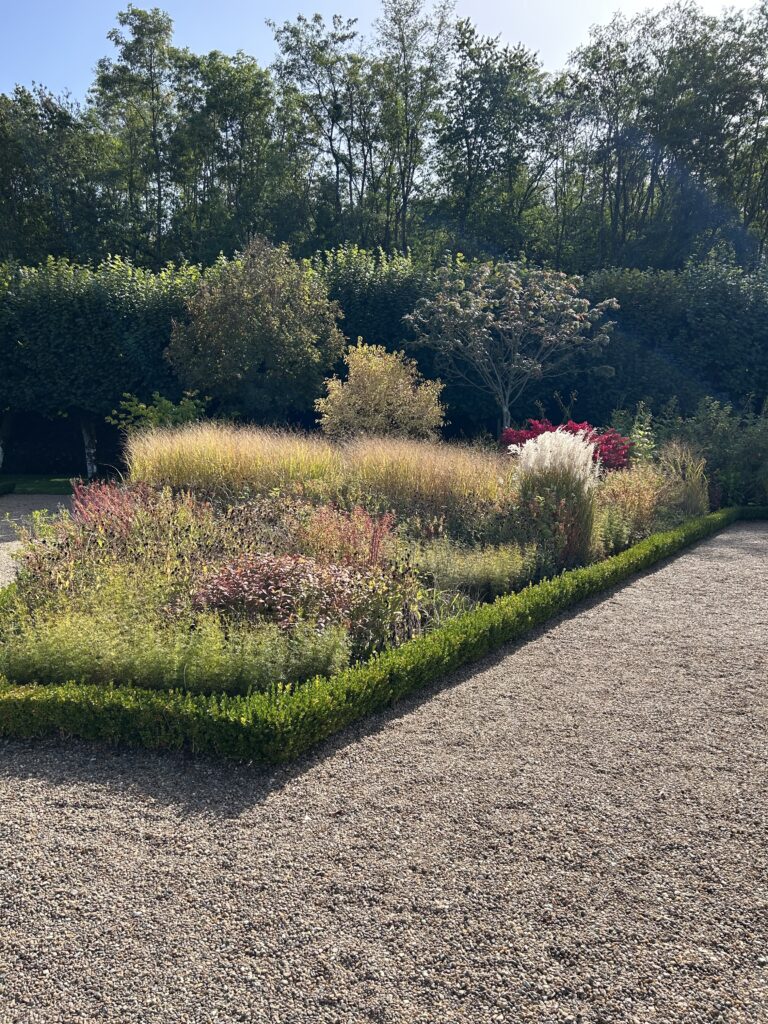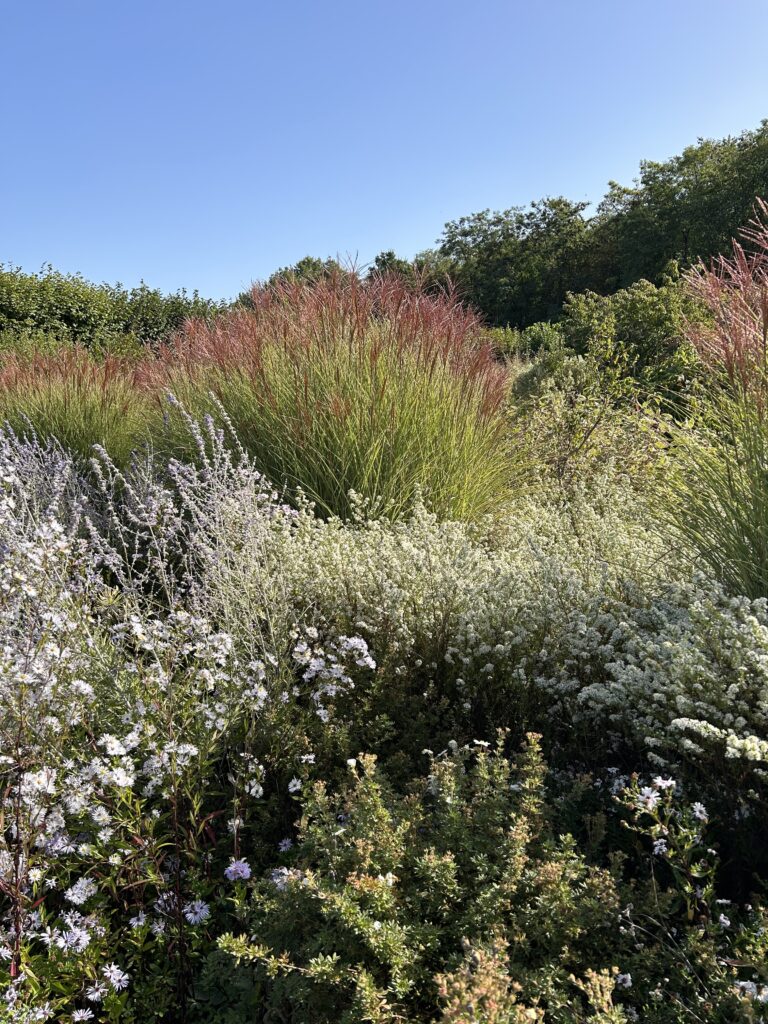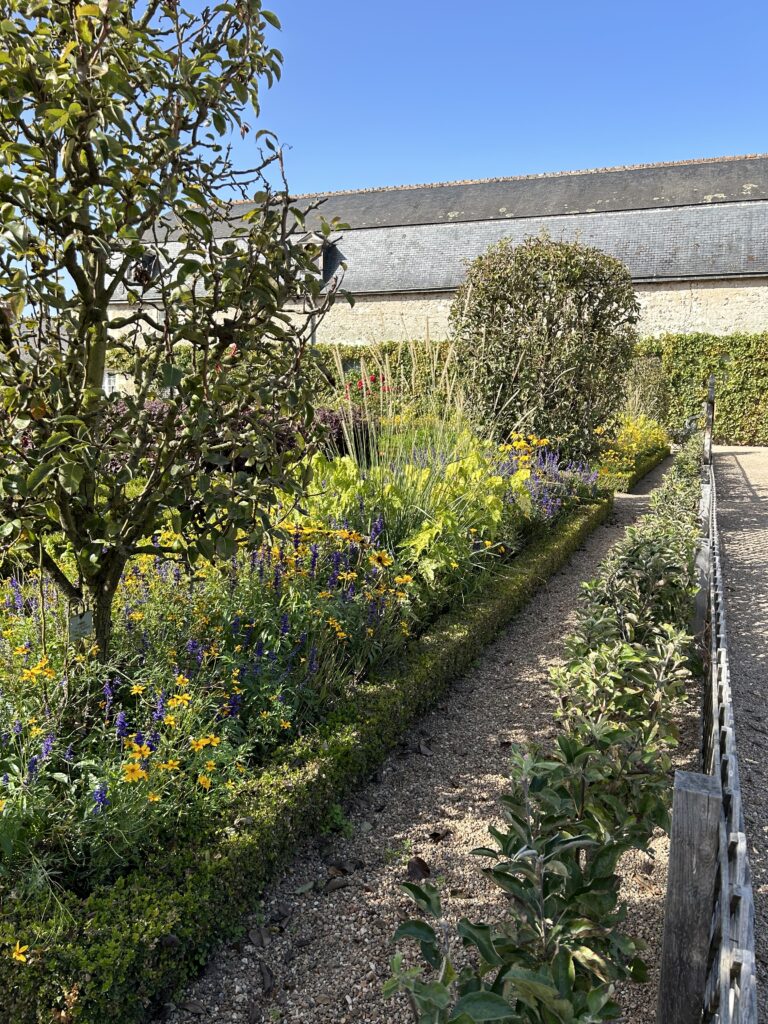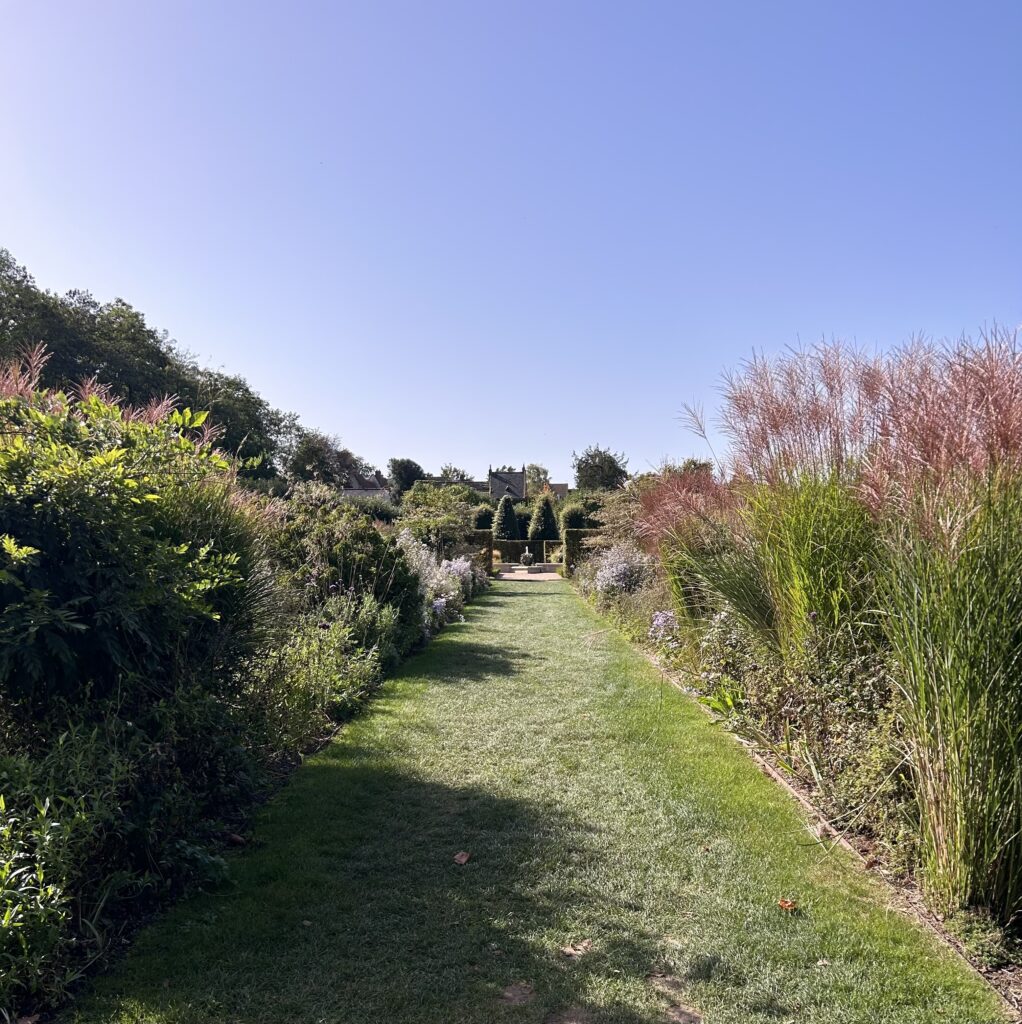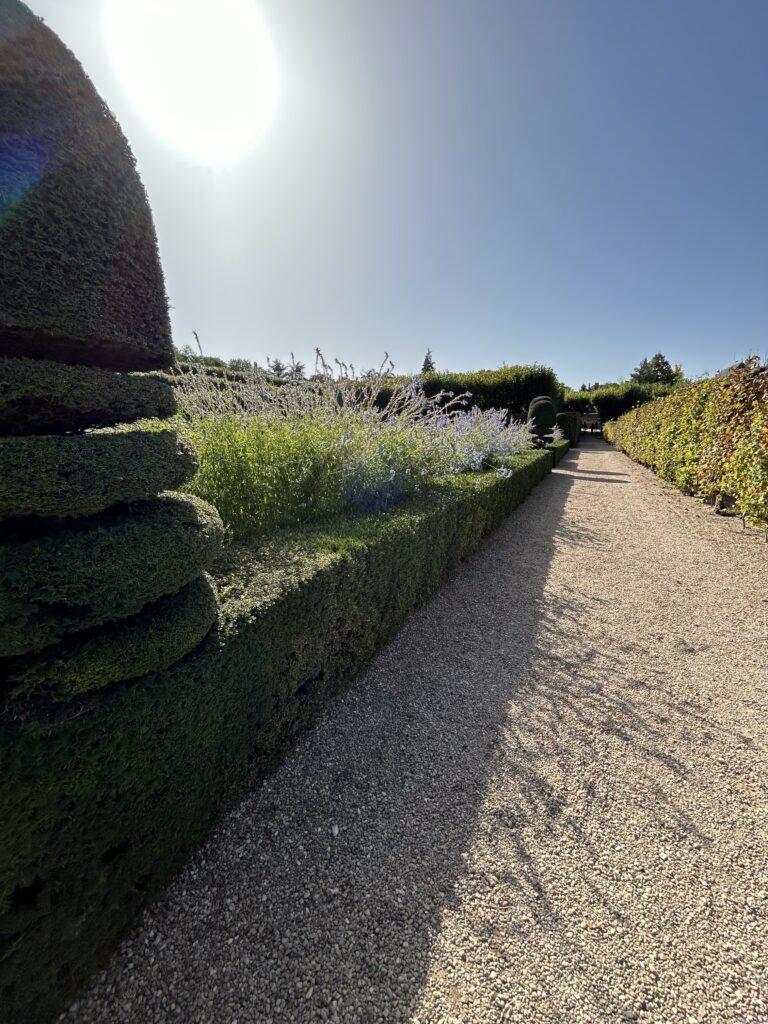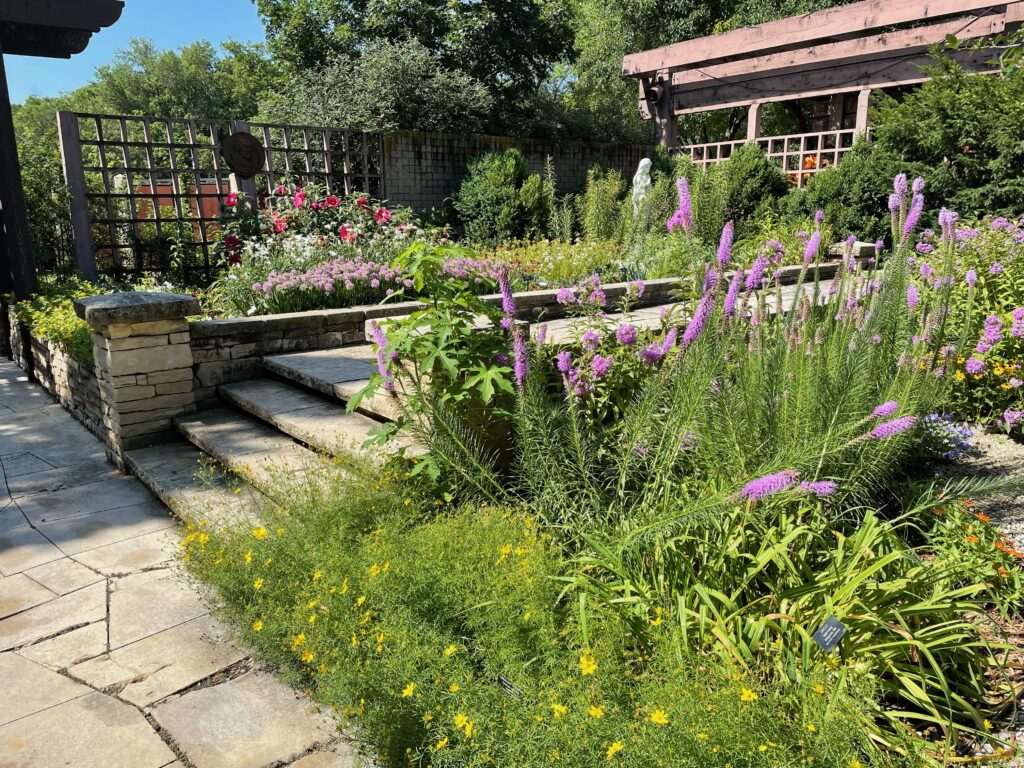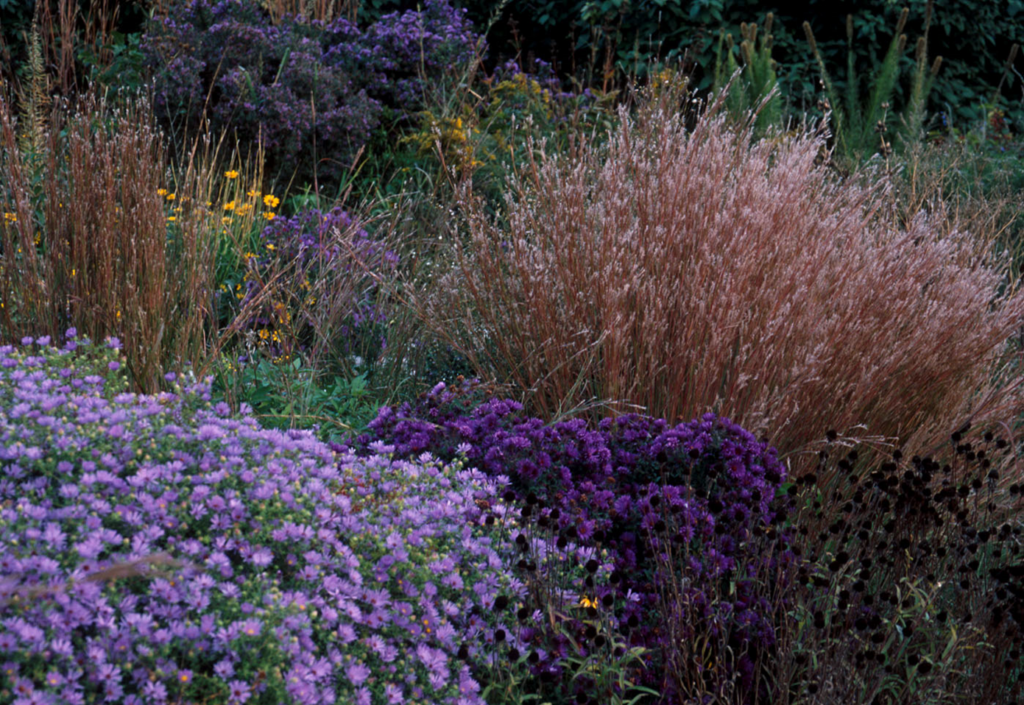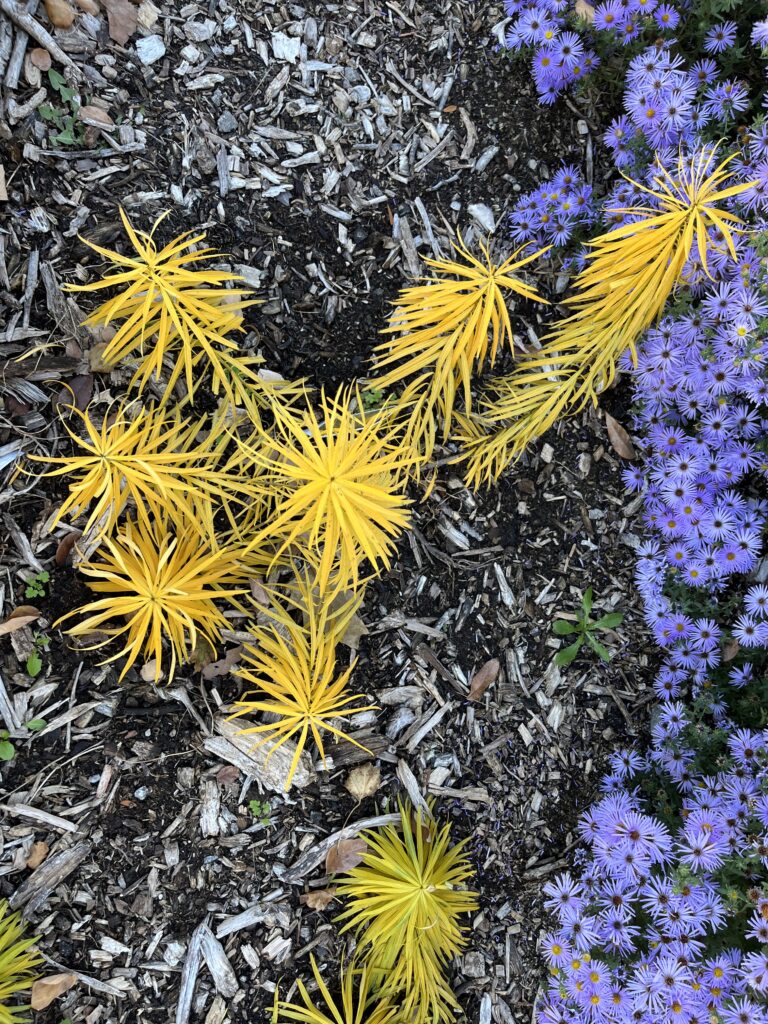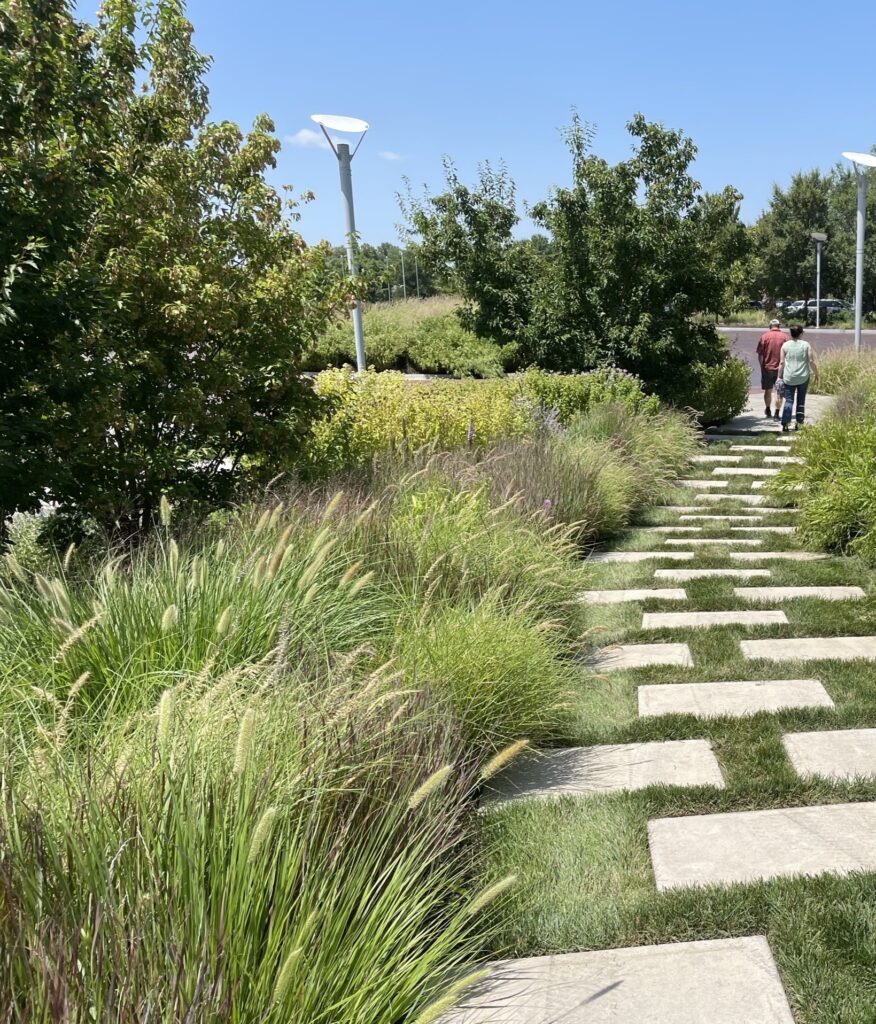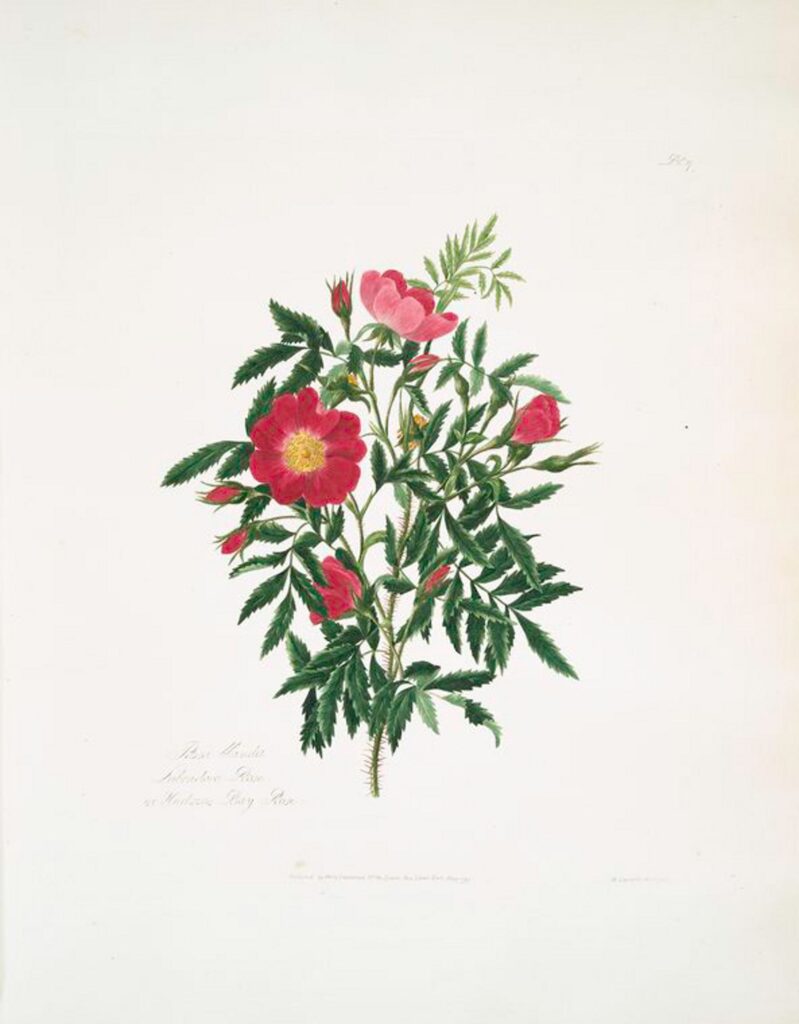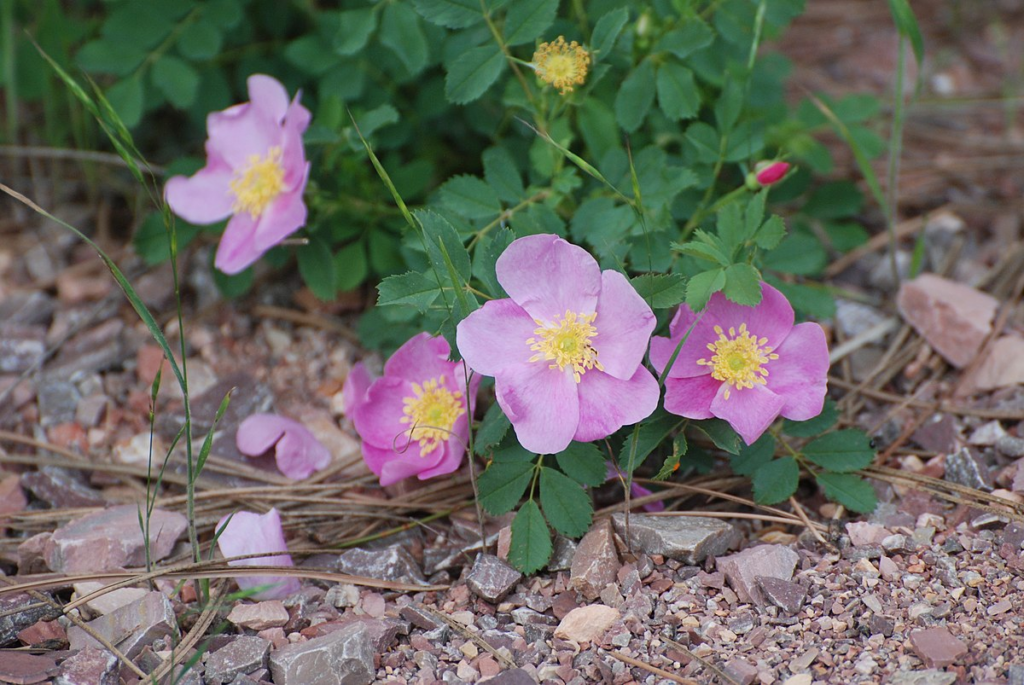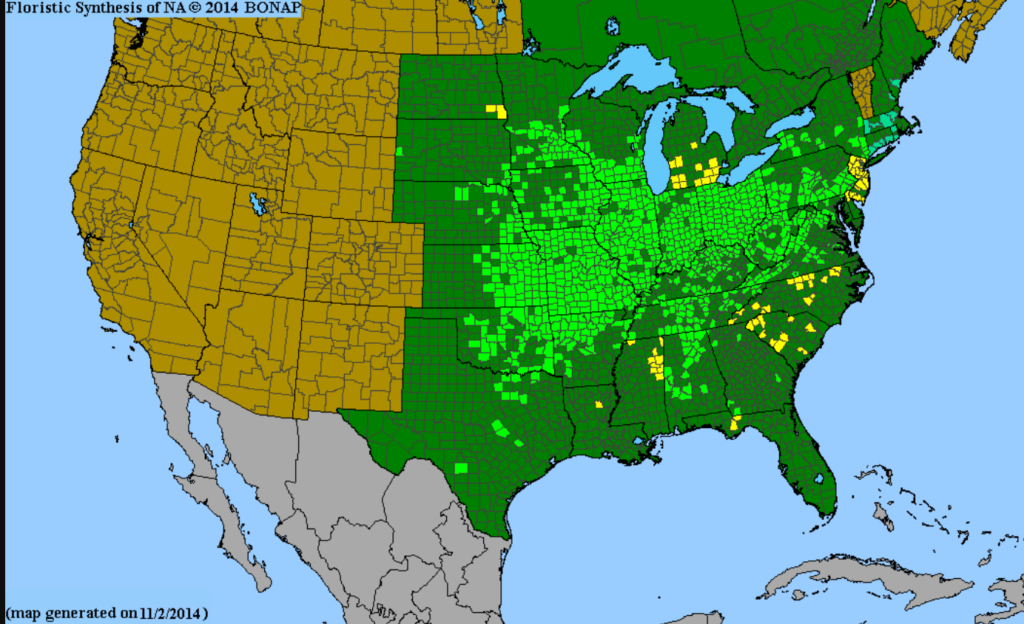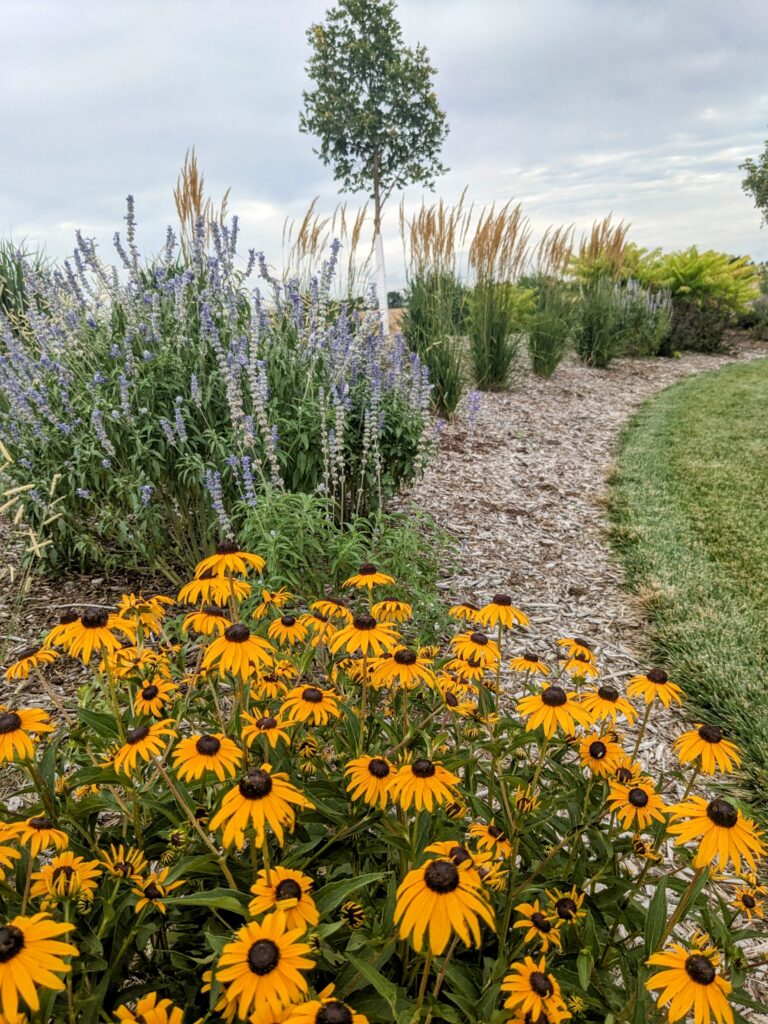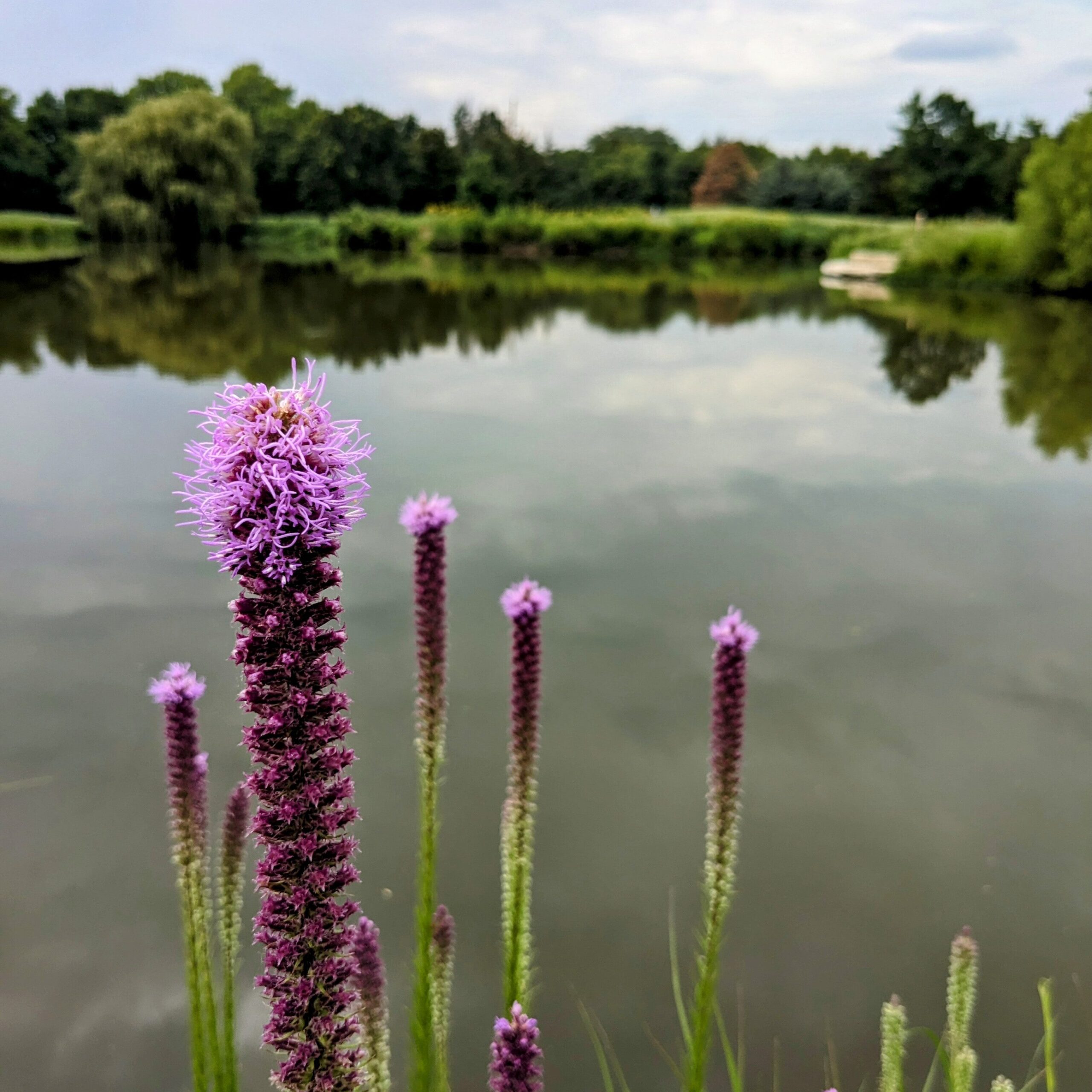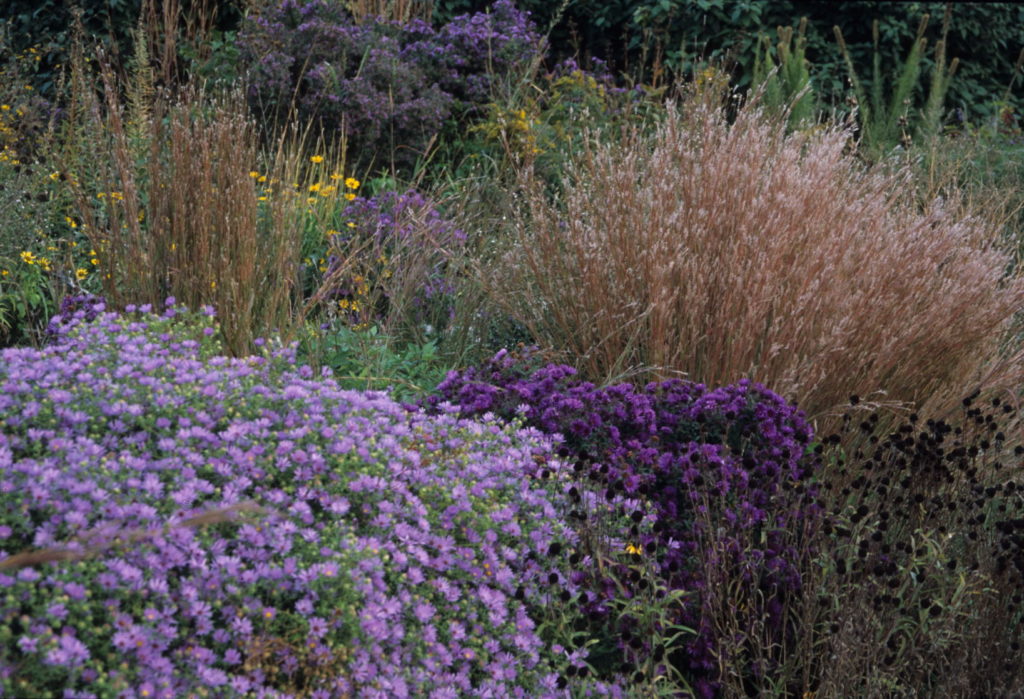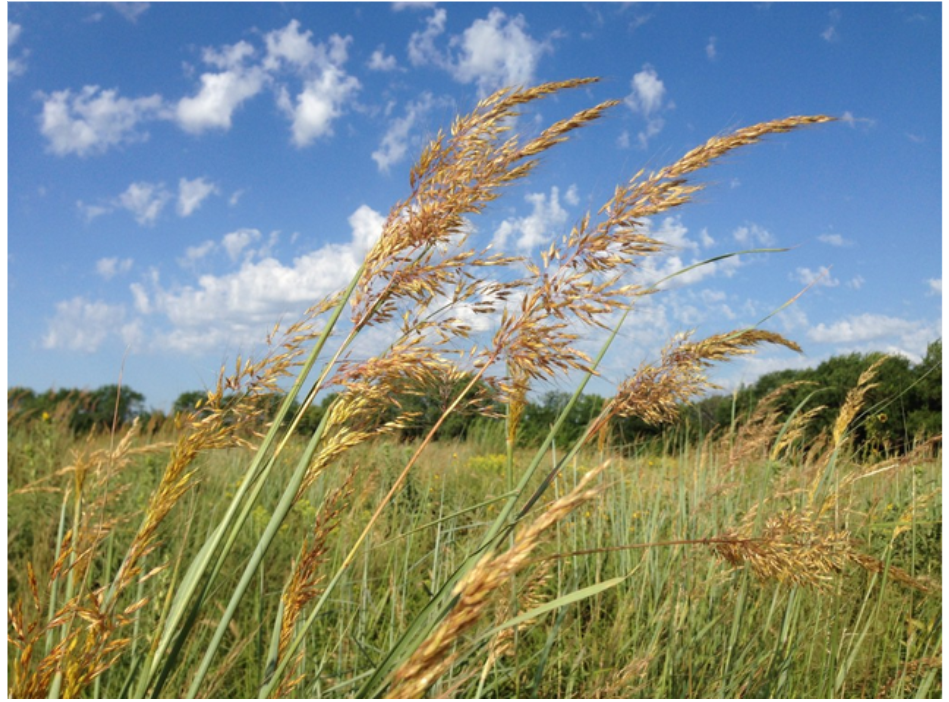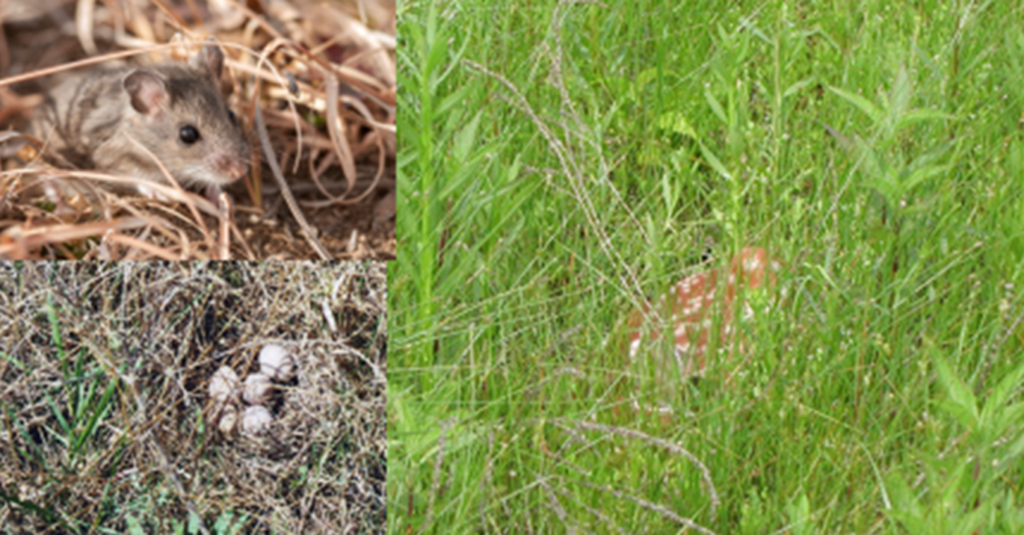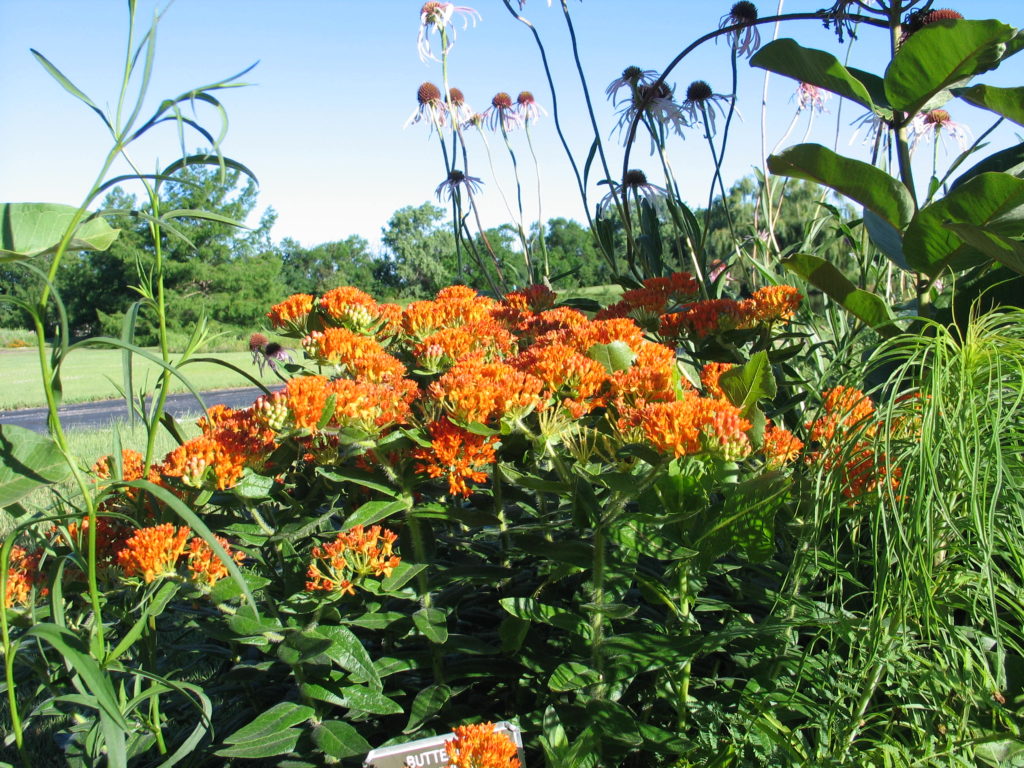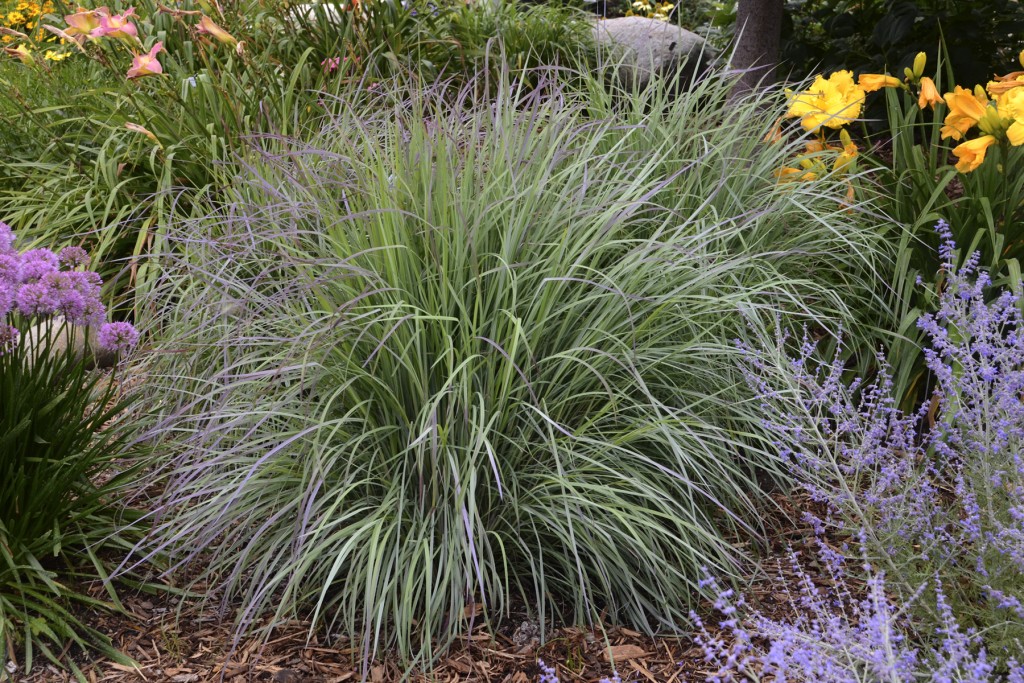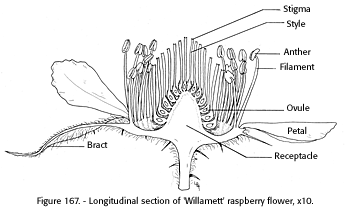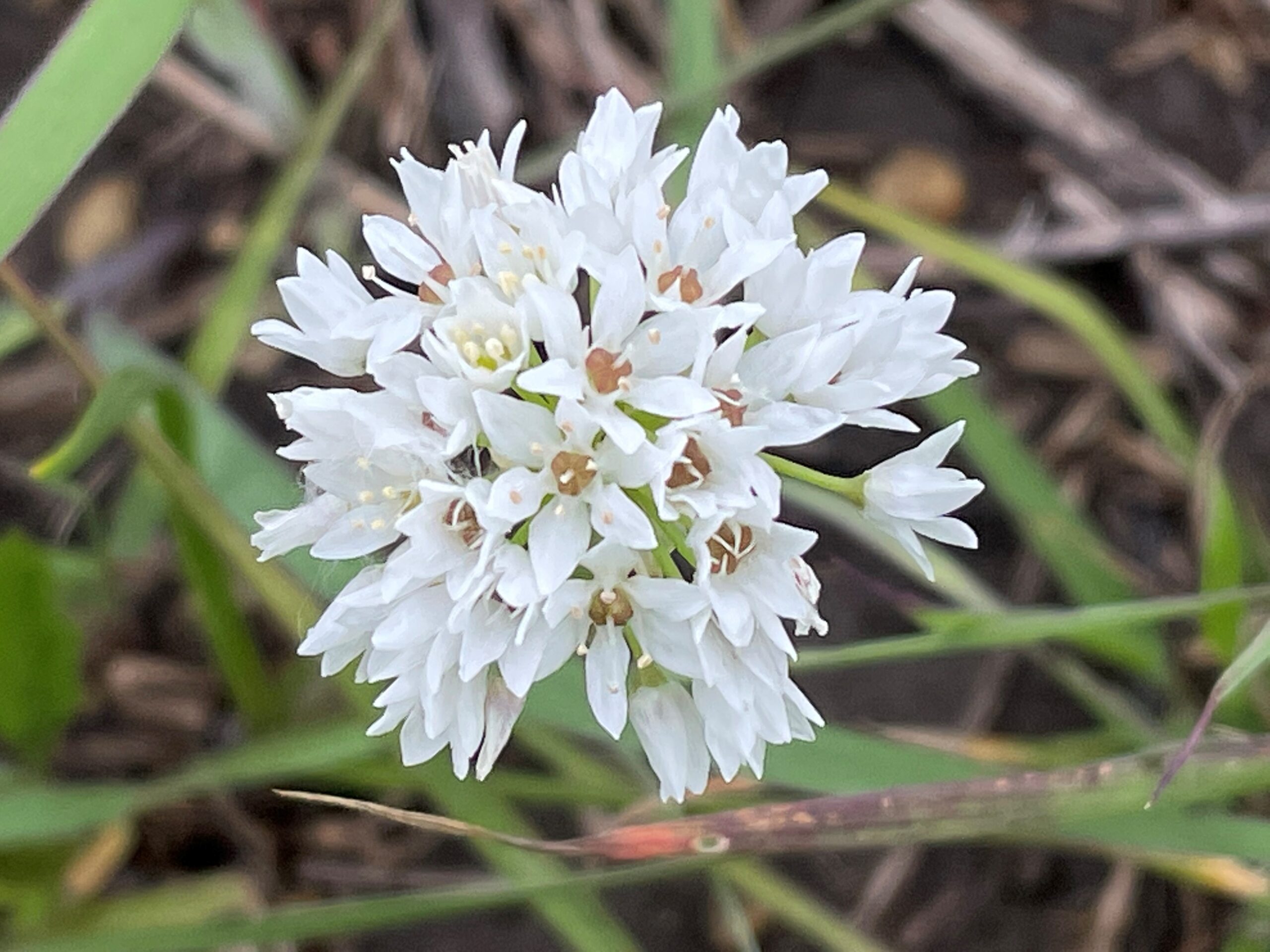I just returned from a trip to France, and amongst my sampling of wine/cheese/bread, I also toured gardens. From the famous Versailles to unnamed courtyards in every small village, French people have a long history with landscape design. Gorgeous gardens are open to the public in every part of the country. This post is the first in a multi-part series exploring design inspiration we can import into our own humble yards. The climate may be different and the grounds palatial, but French gardens offer classic lessons to be learned about the design of a cohesive and pleasing landscape.
First up, Chateau de Villandry.
A Brief History
350,000 people per year visit this UNESCO site for good reason: its meticulously maintained gardens are unparalleled for their use of color and theme. This castle has too much history to recount here, but the short version goes like this: built on a Roman site that later became a medieval fortress and eventually a very refined 16th century family chateau, it has changed hands many times, hosted royal house guests and was the site of the 1189 treaty between England and France. The gardens transformed with each era. Lucky for us they are now restored to the Renaissance style by the Carvallos, owners since the early 1900s.
Divide and Conquer
Contrary to what you might think, subdividing a garden can actually make it feel larger. It leads your eye just around the corner or up the path, fooling your mind into thinking there is always more just ahead. From the elevated platform overlooking Villandry garden you can see multiple layers and divisions. Within the garden, further subdivisions are based on garden theme. Herb Garden, Kitchen Garden, Music Garden, Love Garden, Cross Garden…all featuring different designs and usage, kept visually separate by hedges or elevation difference.
How can I use these ideas at home?
- Gardens large and small can benefit from sectioning, creating rooms and the illusion of more space
- Use greenery, hardscaping, or natural elevation change to divide a space
Layering the Landscape
To achieve a landscape that has depth and visual movement, you can use layers. You can see in the following example of Villandry’s Sun Chamber, one way to layer is by using height. For a very professional yet unfussy aesthetic, plan for the mature height of your plants to climb steadily from groundcover to tree line. You can also layer with color to create depth, as we see in the photos below.
How can I use these ideas at home?
- Think vertically about the layers of your garden, and add any that are missing
- Use repeated colors and contrast to draw the eye along and create overlapping layers.
Good Framing
In all of our landscape classes we drone on about framing: borders, edging, and clean lines to contain otherwise “messy” plantings. This principle is not new, and is put to good use at Villandry. Some of their gardens are less formal and very diverse, but neatly contained by tiny boxwood hedges. While boxwoods are not great growers in our area, you can achieve this look with hardscaping for a much lower maintenance option, or use heat-tolerant plants that take trimming well like lavender, rosemary, yew, and St. Johns wort.
How can I use these ideas at home?
- for a formal look, greater species diversity must equal defined, well maintained borders
- metal edging, rock, or clean mulch lines are lower maintenance than a green hedge border
- play around with the contrast between airy/busy/whimsical and clean, straight framing.
Design with Perspective
In this amazing gardenscape, the view changes based on where you stand: at a window from the chateau, from the bottom level of the garden looking out, or from the front entrance. While the area is naturally low, large stone retaining walls give a ‘sunken garden’ effect. This creates closeness and privacy even in such a huge estate but still allows the viewer to take it all in from an elevated viewing point.
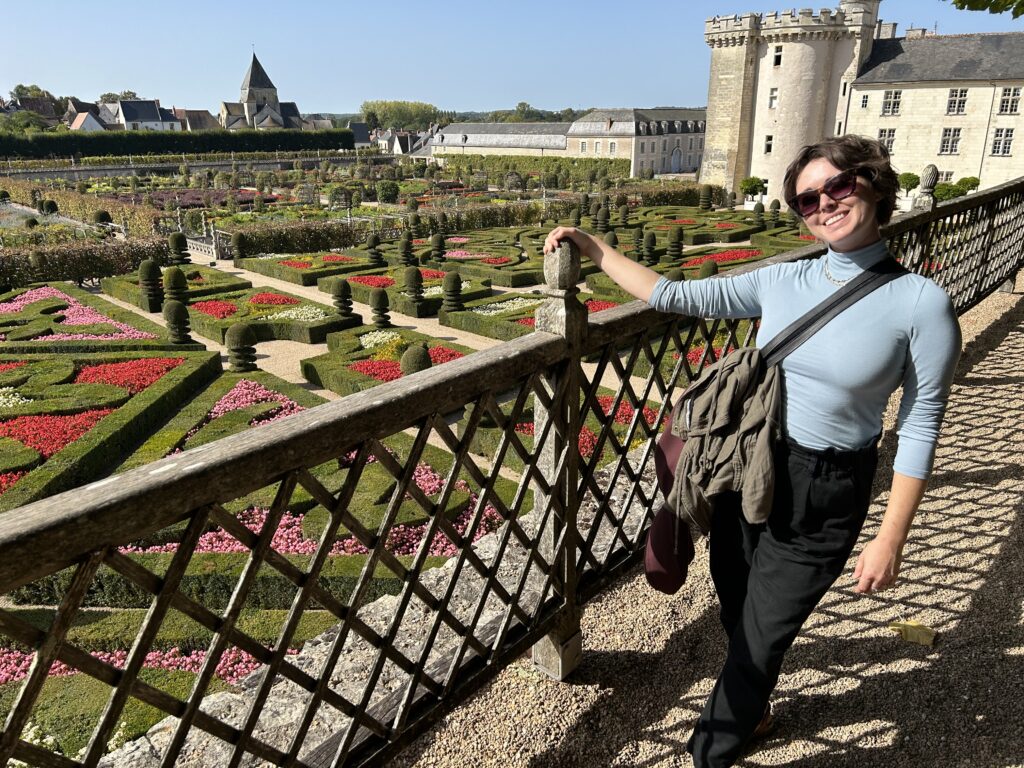
How can I use these ideas at home?
- when designing your landscape, think about the place you will most often view it from
- elevate or sink areas of your garden to highlight certain features
For a deeper look into the gardens of Villandry and a virtual tour, visit their site here. Follow along for more posts coming soon in this series about more famous French gardens and their impact on modern landscaping.


